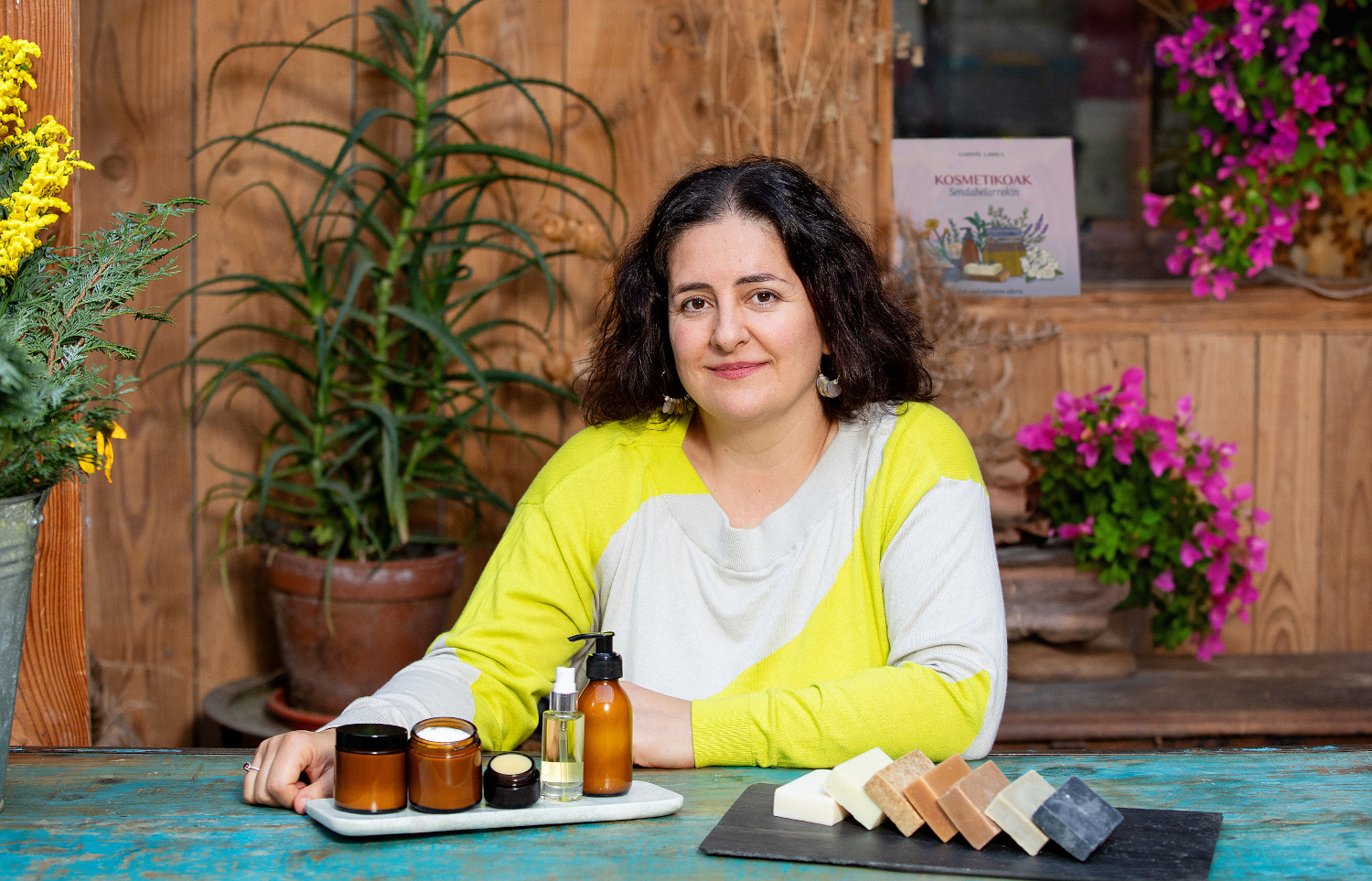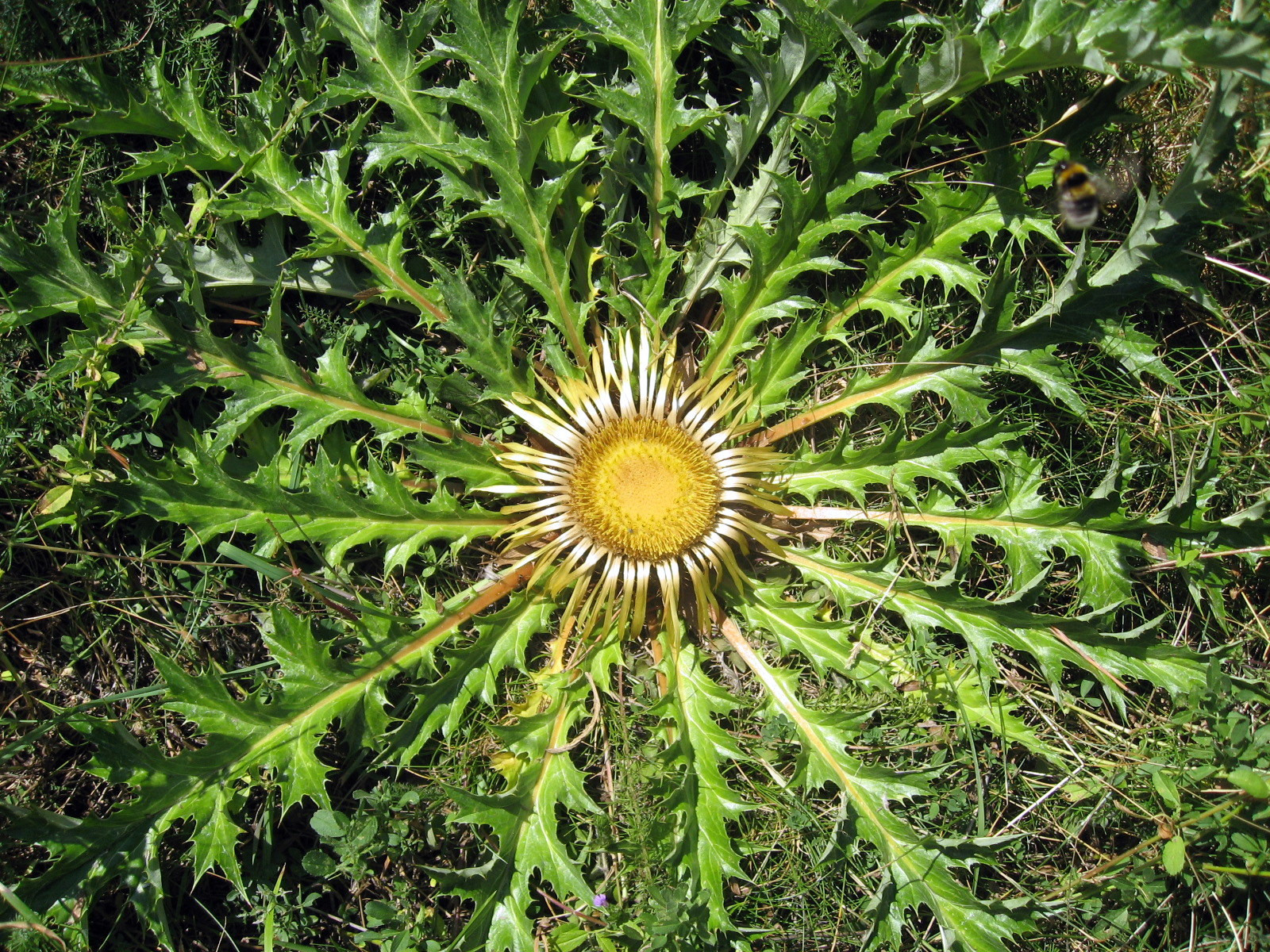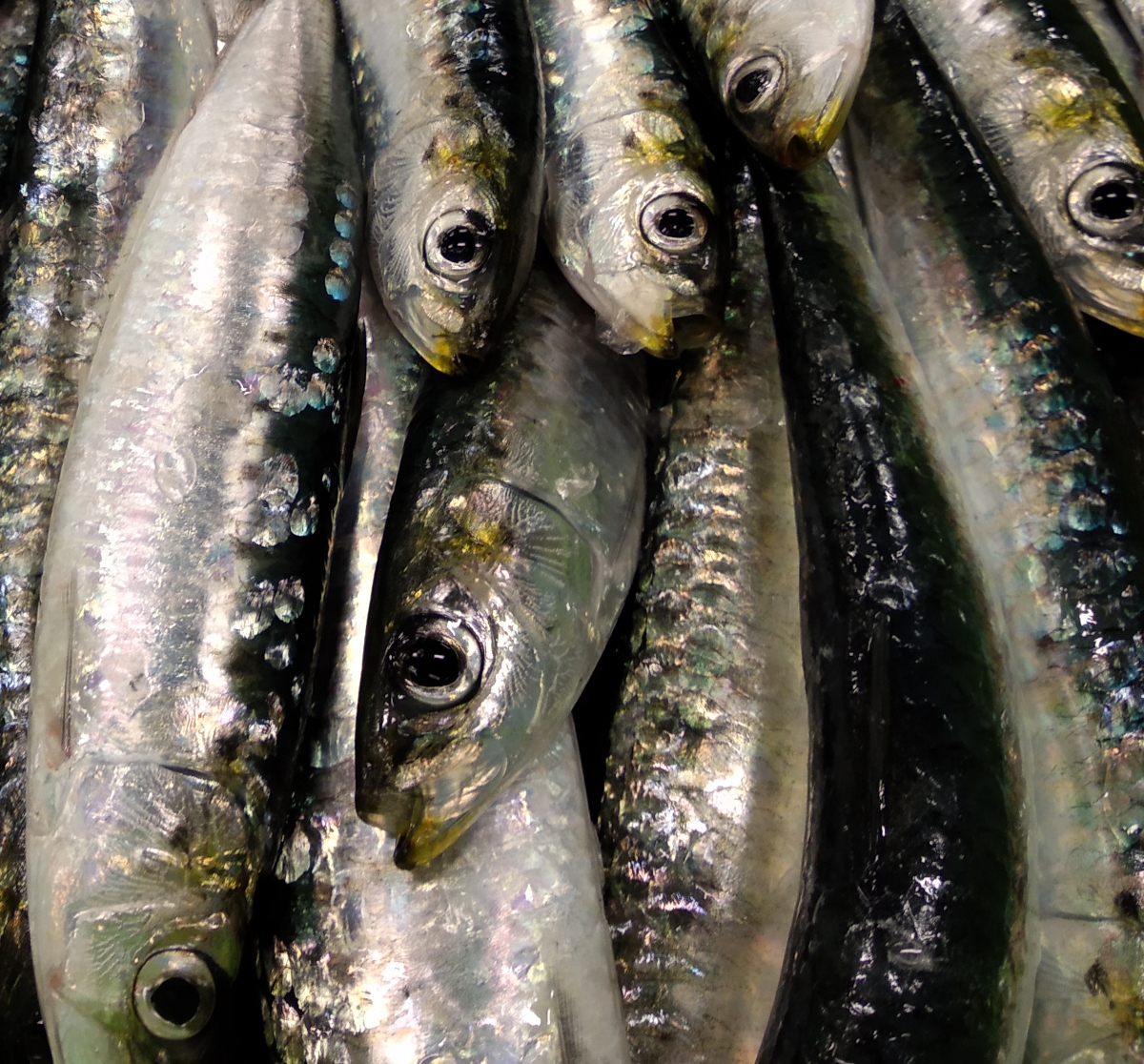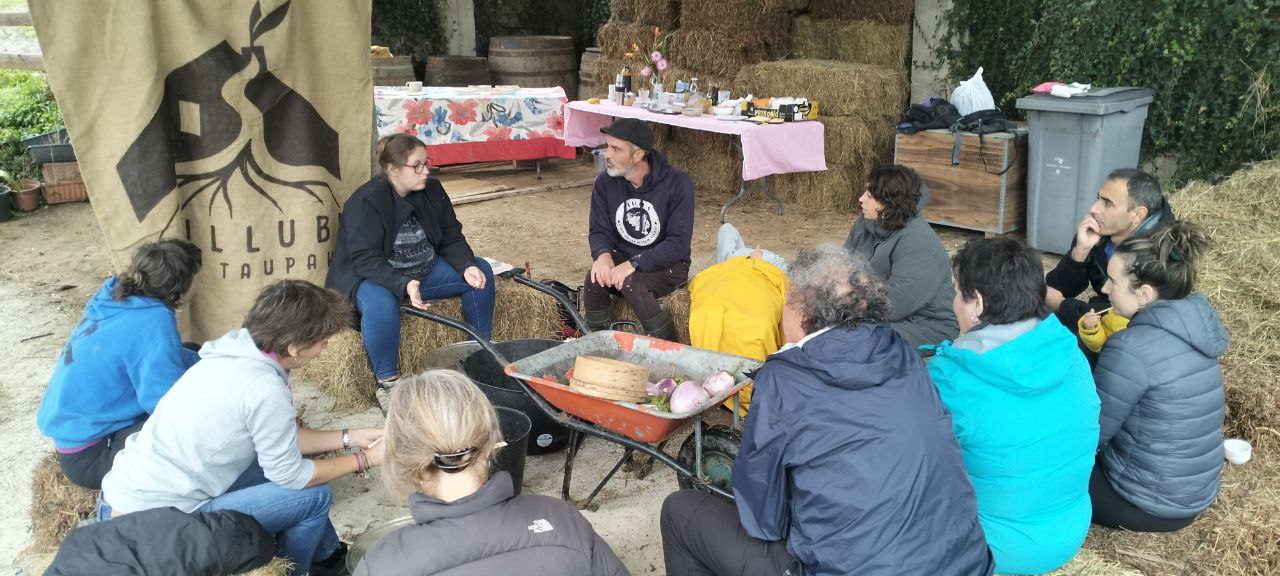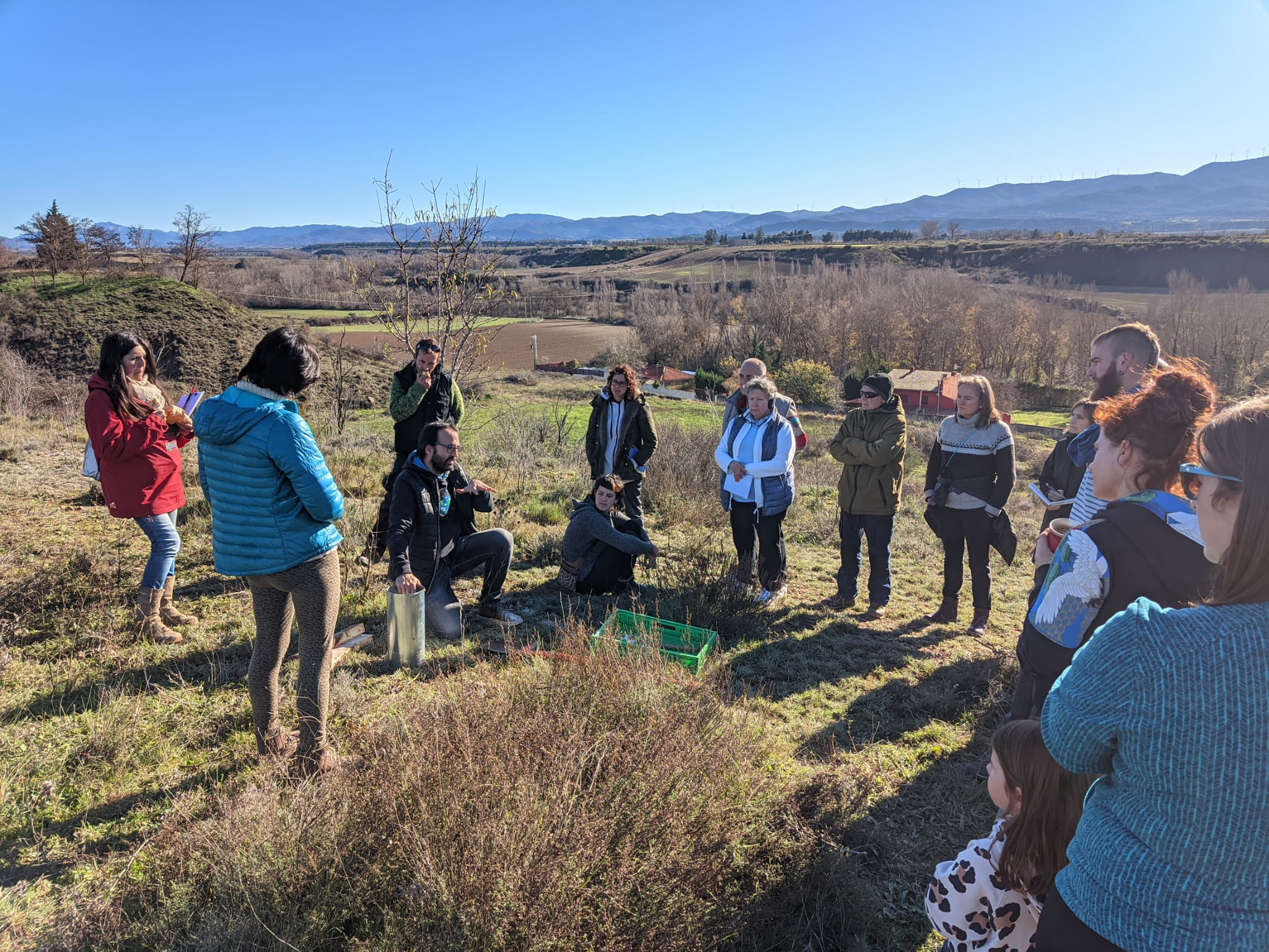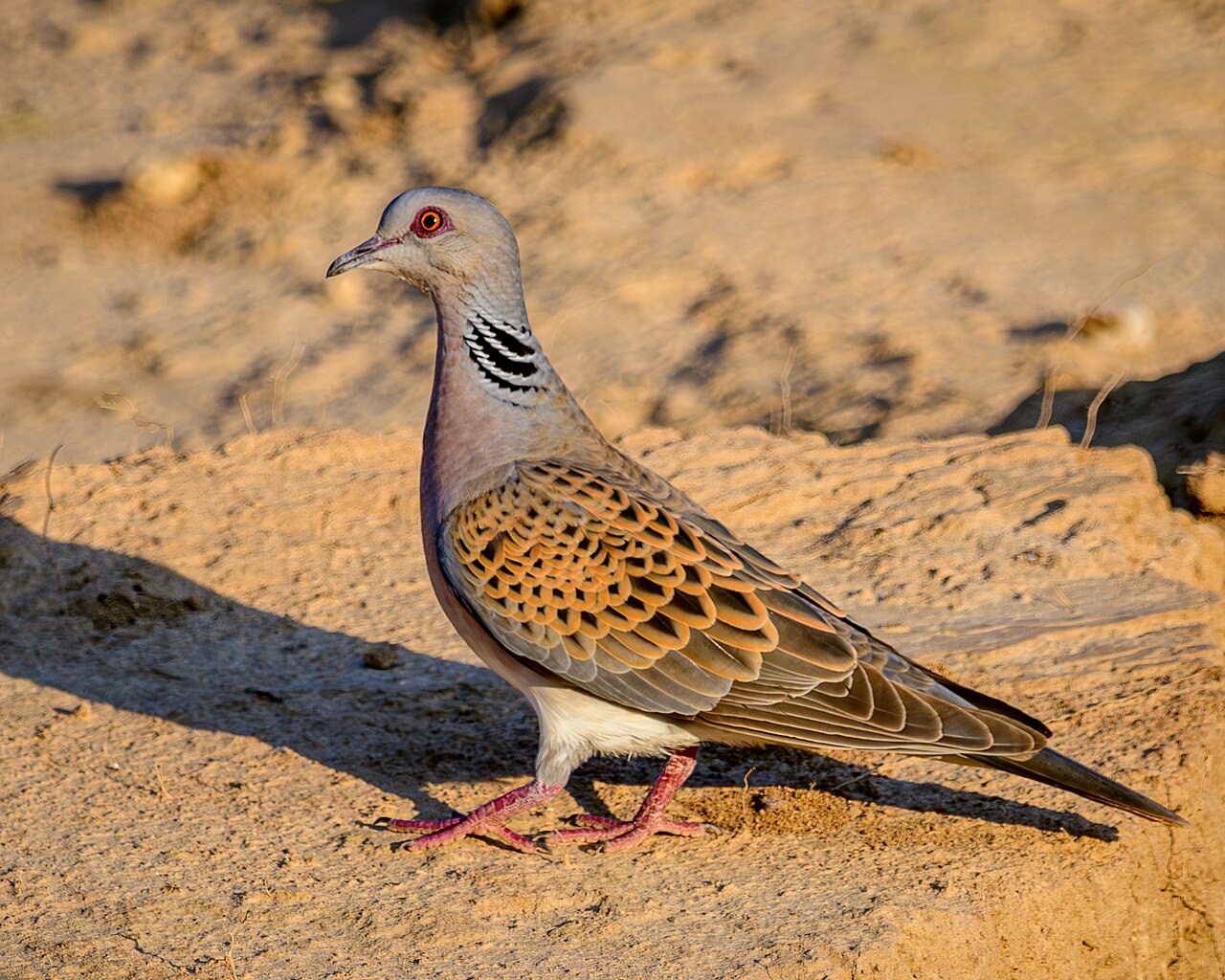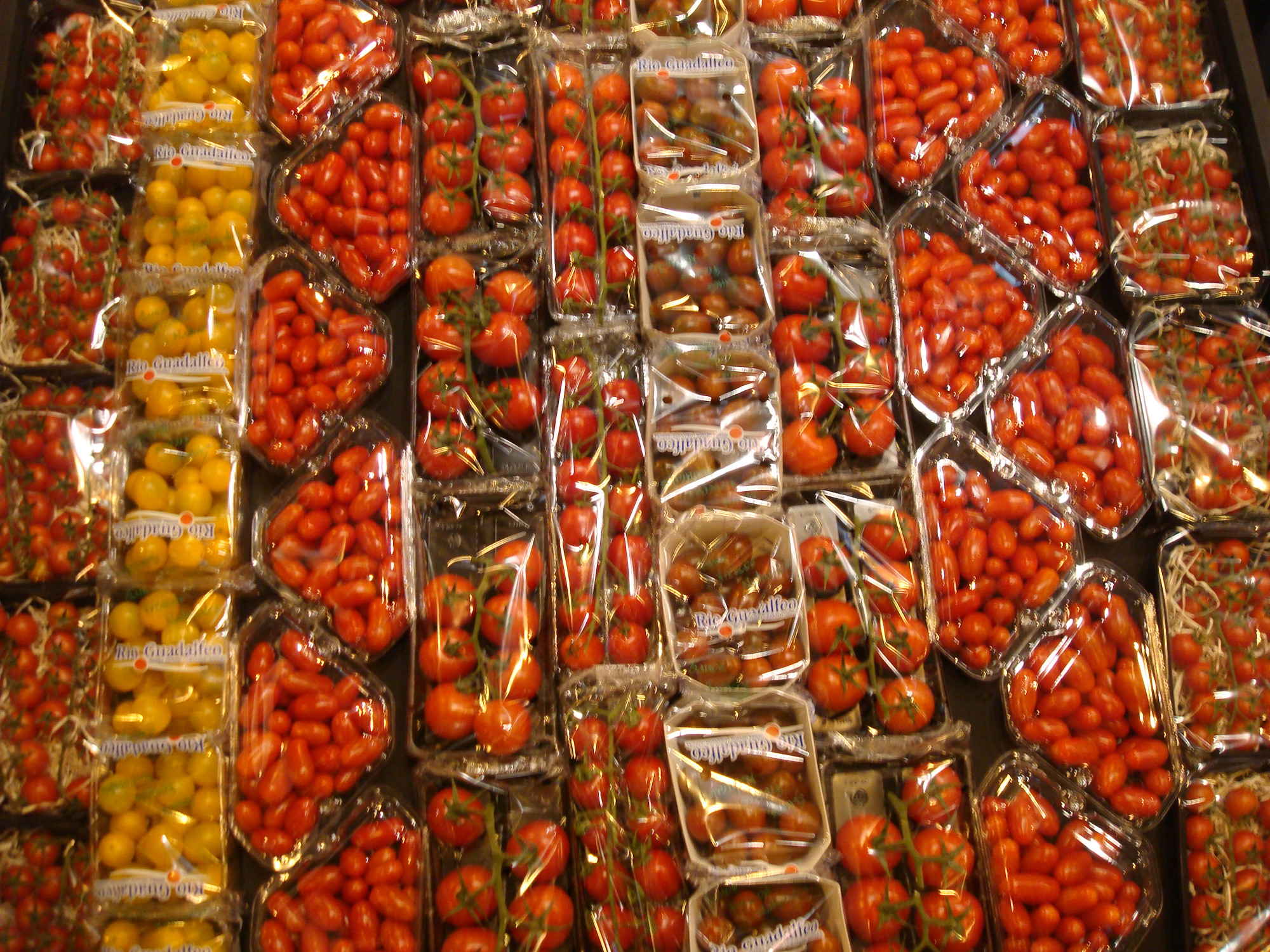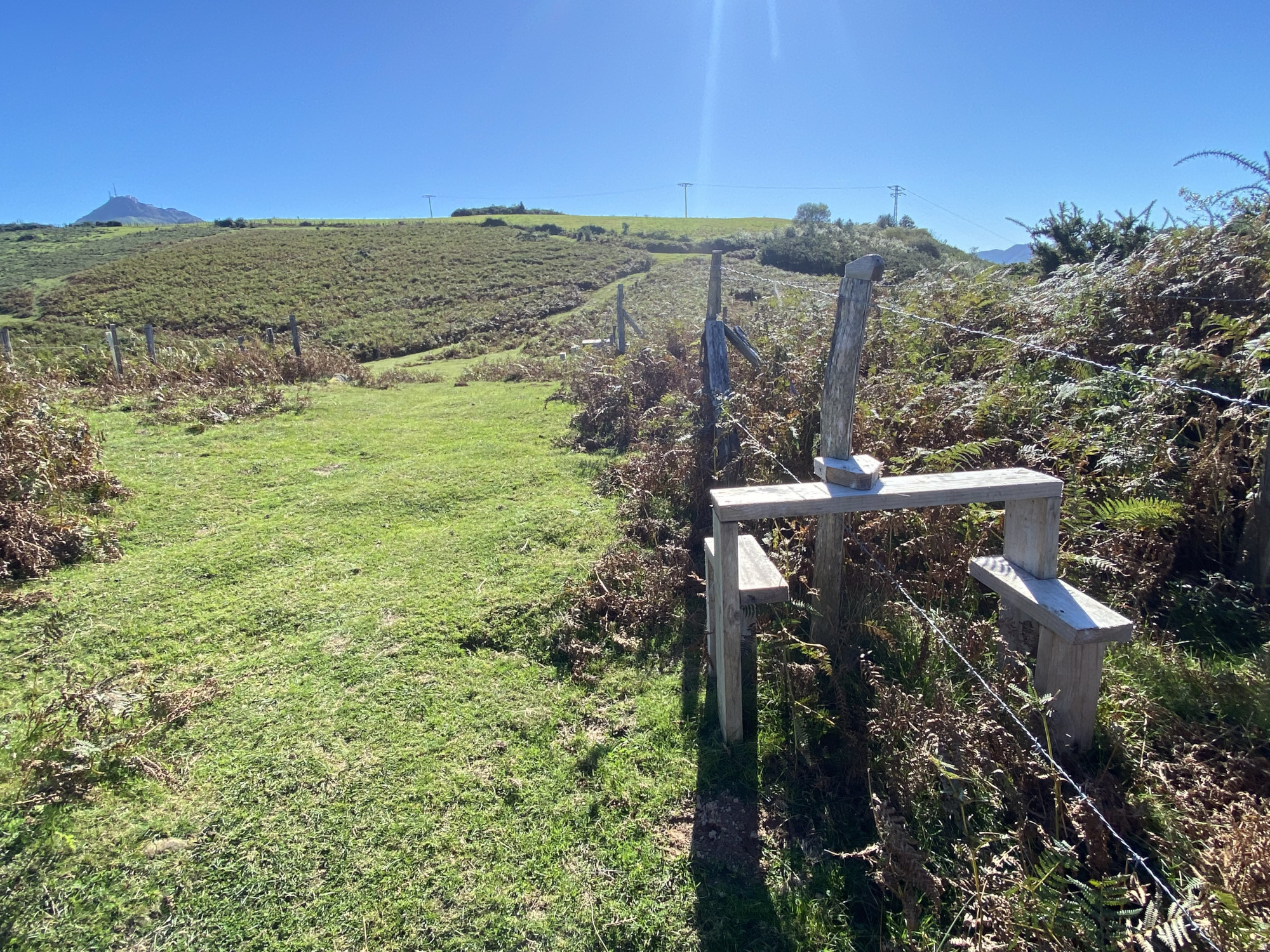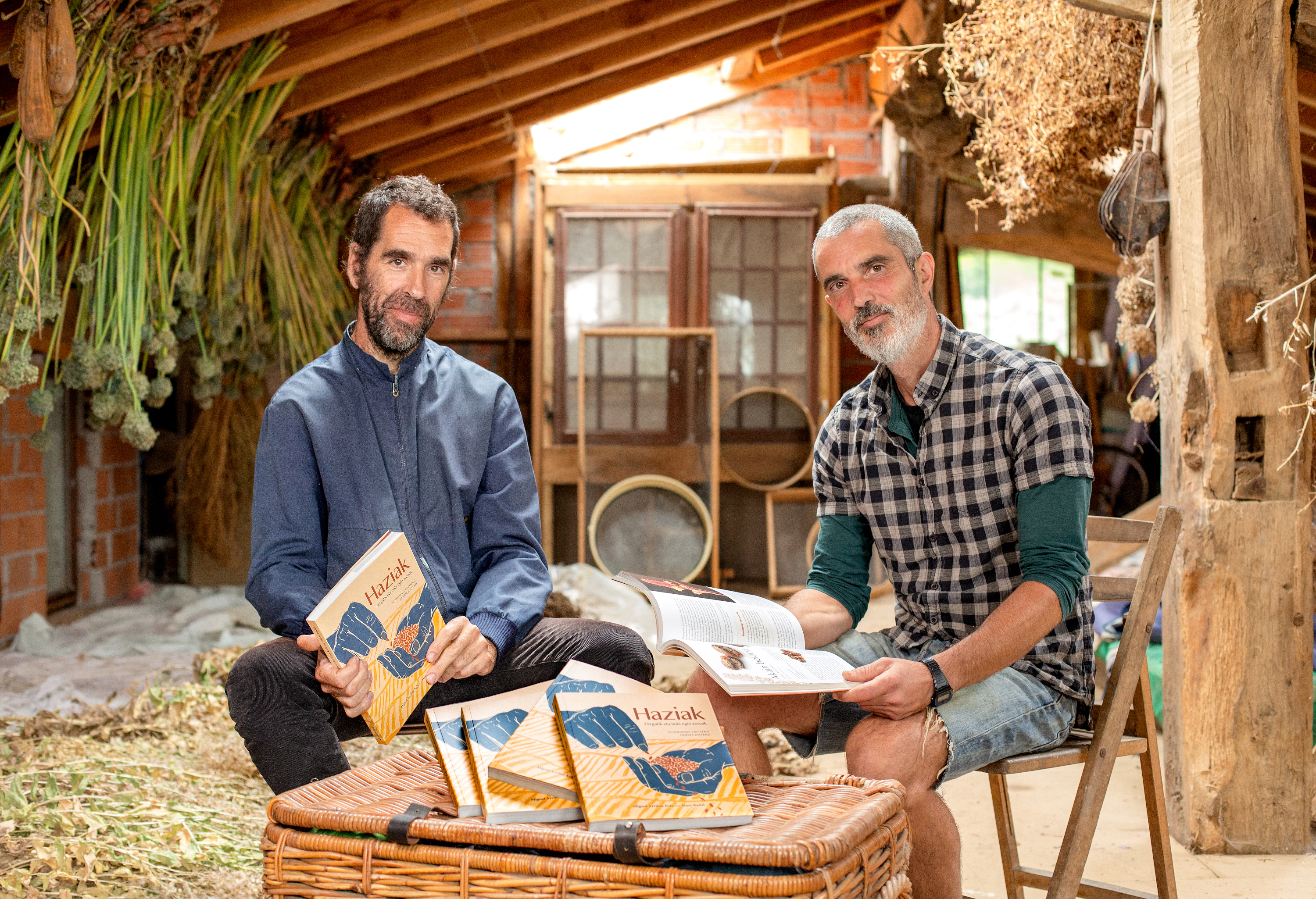Feed the land, eat
- It's hard to look at the earth. Cuesta. Those who work with plants often see them alone. The yield, the harvest, the production, the profit, the repertoire given, in the last target, predominate words such as the “seed of leek” in the language of the landowners.

I have been here with a Txakolinero Biscayan pastor and in his opinion the most important moment on the road of the long years it takes to make txakoli is to choose where to place the vineyard. Even if sufficient plots are involved, the place where they are planted, the place and the characteristics of the land are the key.
In addition to leek seeds, the word land is increasingly heard. When I'm here and there with the Orchard, "we're going to fertilize the tomatoes," or "as we open the manure that the potato is going to eat," or "we should cut the apples," or "I have to moisten the rosé," or what I'm never forgotten is that you're going to fertilize, corrupt, sast-create the land. Our main task for plants is to maintain, hold and, if possible, intensify soil life.
The Earth is composed of three Mz: the mineral that contains it, the organic matter that spare it and the microorganisms that give it life. The primary goal of fertilization is to promote this life; the more lives, the more easily minerals and plants will move, the better they will feed. This life will be increased or frustrated by the number of microorganisms and their intensity, vitality and speed.
Mysterious and fascinating creatures dwell on Earth. Some macroorganisms can be seen with the naked eye, such as worms, spiders, ants; medium- and small-sized fauna, mites, nematodes, protozoa, tikis fungi, bacteria, etc. In a square meter of land you can find 1,000 species of fauna and in a “handful” there are more microorganisms on the planet than people.
For example, in a square meter of land, 350 million species of bacteria, 63 species of protozoa, 4.5 million amoeba, 50 hundred, 500 worms, 1.9 million nematodes, 745 termites and 2,150 ants have been counted. Thus, lands occupy a quarter of the world's biodiversity and all the species that inhabit them build complex biological environments with each other and with plants and together transform, transform and recycle the nutrients of our hampa's ecosystems.
Look at the ground to understand the state of plants, to detect their success or failure. And of course, if we want to feed the land, live the land. Give and receive.








